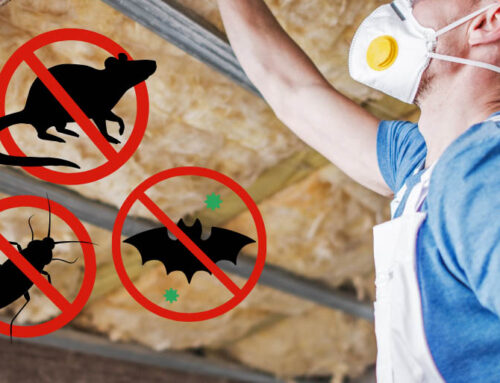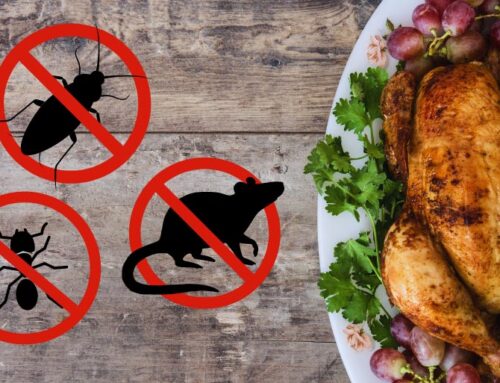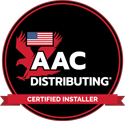As the back-to-school season approaches, it’s not just new school supplies and routines that parents need to think about. This time of year also brings an increased risk of pests like bed bugs and ants hitching a ride home with your kids.
To keep your home safe and pest-free, we’ve put together essential back to school pest prevention tips that will help you tackle these unwelcome visitors head-on.
Understanding Common School-Related Pests
Before we delve into the promised back-to-school pest prevention tips, let’s first identify the most common pests you’ll encounter and why schools are unique environments for them.
What Types of Pests Infest Schools and Childcare Buildings?
Schools and childcare buildings can become breeding grounds for various pests due to the high traffic of students, the presence of food, and numerous hiding spots. Understanding the specific pests that infest these environments is crucial for effective school pest control.
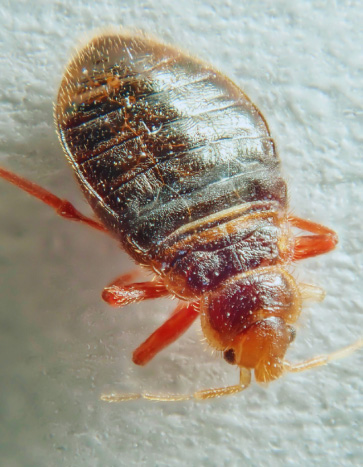
Bed Bugs
Bed bugs are notorious for traveling on students’ items like backpacks and clothing. These pests can easily transfer from one child to another, leading to infestations in both classrooms and homes.
Small and reddish-brown, bed bugs feed on human blood, which results in itchy bites and general discomfort.
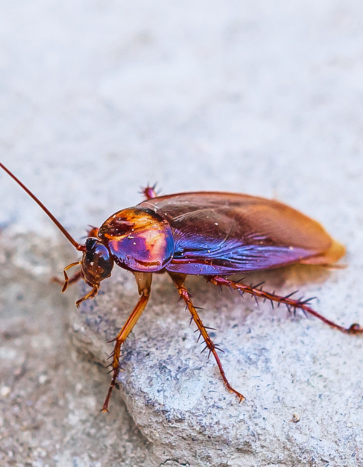
Cockroaches
Cockroaches find schools, especially kitchens and cafeterias, very inviting due to the ample supply of food and water. These pests can transfer bacteria to food and surfaces, which can cause health issues for both students and staff.
Their knack for hiding in tiny, hard-to-reach places makes them particularly challenging to eradicate.
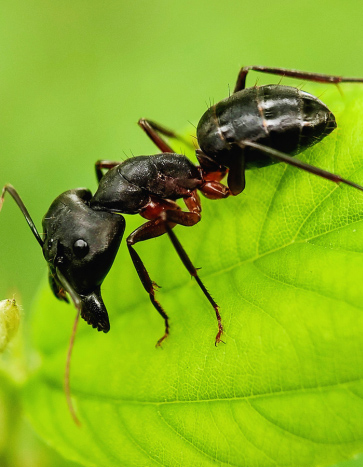
Ants
Ants are common invaders in schools, especially those with accessible food sources. They can infiltrate classrooms, cafeterias, and playgrounds, creating trails as they search for food.
While most ants are harmless, some species can bite or sting, causing discomfort to children. Their presence can also be a sign of larger hygiene issues within the school environment.
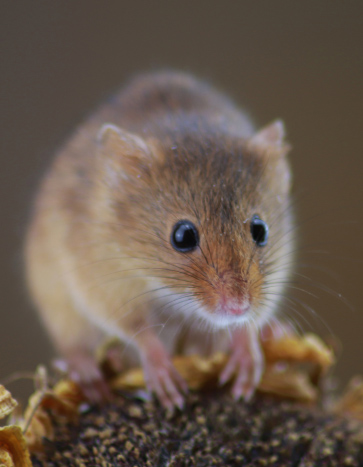
Rodents
Mice and rats are drawn to schools because they offer ample food, water, and shelter. These rodents can inflict serious damage by chewing through wires, books, and structural materials.
Additionally, they carry diseases and can contaminate food and surfaces with their droppings, creating significant health hazards.
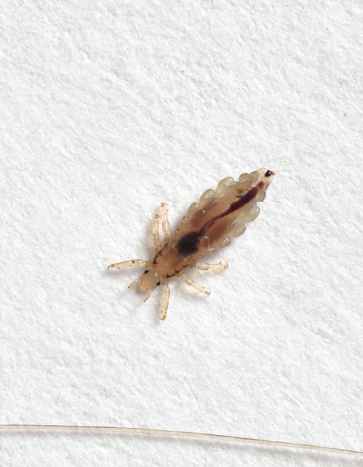
Head Lice
Though not a traditional pest, head lice are a common issue in schools. These tiny, parasitic insects live on the scalp and feed on human blood. They spread easily through direct contact or by sharing personal items like hats and hairbrushes.
While head lice do not transmit diseases, they can cause itching and irritation, leading to distractions and discomfort for affected children.
Understanding these pests is crucial. Now, let’s explore why schools are particularly vulnerable environments for these unwelcome visitors.
Why Schools are a Unique Pest Environment
Schools are particularly prone to pest infestations due to several unique factors.
Understanding these unique characteristics of school environments helps in developing more effective pest prevention and control strategies tailored specifically for these settings.
Essential Pest Control Tips for Parents
With a clear understanding of the common pests found in schools and why these environments are susceptible to infestations, let’s now explore practical tips for parents to keep these pests at bay and ensure a healthy home environment. Implementing these back to school pest control measures can make a significant difference.
Keep Backpacks Clean and Properly Stored
Regularly Change and Inspect Bedding for Bed Bugs
Launder School Clothes Immediately After Returning Home
Never Buy or Pick-Up Used Furniture
Keep a Close Watch for Pests at Home
By following these pest control tips, you can maintain a pest-free home and protect your family. It’s equally important to focus on pest prevention in schools and daycares, where children spend much of their time. Next, we’ll discuss strategies to prevent infestations in these environments.
Steps to Prevent Pest Infestation in Schools and Daycares
Maintaining a pest-free environment in schools and daycares is crucial for children’s health. Effective pest control for schools requires collaboration between parents and school authorities. Here are actionable steps parents can take to support this goal.
Implementing Integrated Pest Management (IPM)
Integrated Pest Management (IPM) combines different approaches to effectively control pests. Parents can support IPM by:
Collaborating with School Authorities
Effective pest control requires teamwork between parents and school authorities. Parents can:
Educating Children on Pest Prevention
Teaching children about pest prevention can greatly reduce the chances of infestations. Parents can:
By taking these proactive steps, parents can significantly contribute to maintaining a pest-free environment in schools and daycares, ensuring the health and safety of all children.
However, sometimes professional intervention is necessary to handle persistent or severe pest problems. Let’s explore how Bobcat Pest Control can provide expert assistance to keep your child’s environment completely pest-free.
Get Professional Help from Bobcat Wildlife & Pest Control
When it comes to keeping your home and school environments completely pest-free, professional intervention can make a significant difference. At Bobcat Pest Control, we offer comprehensive services to tackle all types of pest issues efficiently and effectively.
Why Choose Bobcat Pest Control?
Services Offered by Bobcat Pest Control
Bobcat Pest Control provides a variety of services to tackle different pest problems:
Contact Bobcat Pest Control Today for a Pest-Free Home
Don’t let pests take over your home or your child’s school. Reach out to us today to schedule a service. Our team is prepared to deliver fast, effective, and reliable pest management solutions customized to your needs. Visit our website or give us a call to start ensuring a safe and pest-free environment for your family and community.
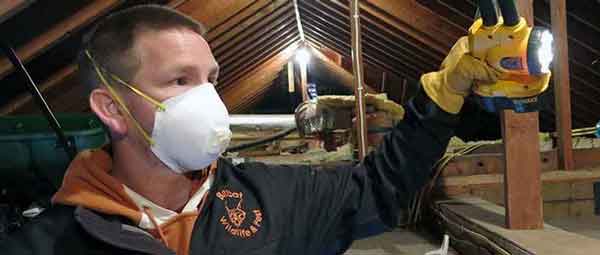
About the Author
Gene Spaulding, Owner and Founder of Bobcat Wildlife & Pest Management, has been at the forefront of pest and wildlife control since 2008. With over 17 years of hands-on experience, Gene combines his expertise and passion to deliver effective and humane pest management solutions to homeowners and businesses across the Des Moines Metro area. Guided by the motto “Your Property, Our Priority,” Gene ensures that Bobcat Wildlife & Pest Management remains a trusted partner for comprehensive pest and wildlife services.

